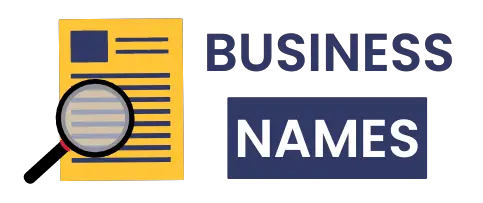At 32, I stopped waiting for the American Dream to become affordable.
I started building something better instead.
You know the story you were told? Go to college. Get a good job. Buy a house. Retire at 65.
That’s not happening for me. And if you’re reading this, it’s probably not happening for you either.
I have a master’s degree and work full-time. But the traditional path? It’s built for an economy that died 20 years ago.
So I quit chasing it.
This is why I walked away. And what I’m doing instead.
Why I Gave Up on the American Dream
The breaking point came when I calculated it would take me 15 years to save for a down payment on a starter home.
I wasn’t chasing a dream. I was chasing a fantasy.
1. The Math Simply Doesn’t Work Anymore
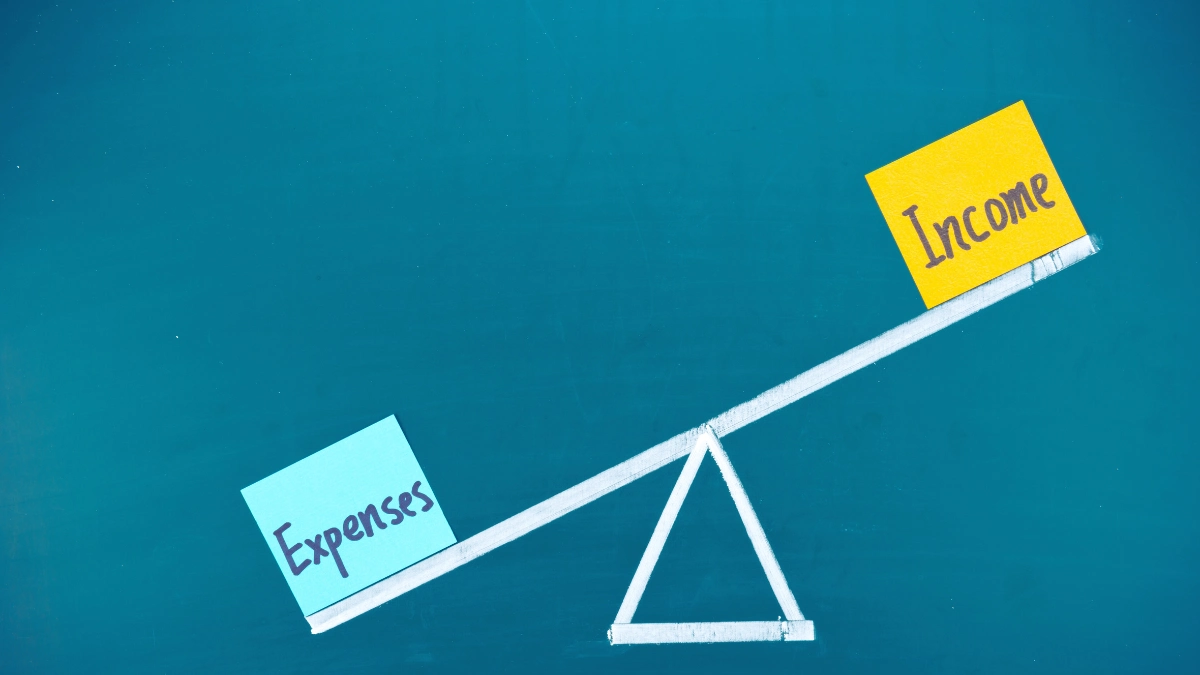
I make $62,000 a year. That sounds okay.
After taxes, I bring home $4,200 a month. Student loans cost $420. Rent is $850. Everything else is $1,930.
I save $400 a month if nothing goes wrong.
The median home price in my city is $485,000. I need $97,000 for a 20% down payment.
That’s 242 months of perfect saving. That’s 20 years. I’ll be 52.
The median home price hit $427,800 in May 2025. That’s a 52% increase since May 2019. Wages only gained 30%.
From 1960 to 2025, the number of 30-year-olds who owned a home and were married dropped from 52% to 12%.
The gap is getting bigger. The math doesn’t work anymore.
2. My Student Debt Keeps Me Trapped

I have $38,000 in student loans. My monthly payment is $420.
That’s money that could build a future. Instead, it pays for a promise that was broken.
43% of younger millennials carry a median student debt of $30,000. 29% of older millennials have $35,000. The average millennial also has $6,691 in credit card debt.
We paid for tickets to a show that got canceled.
3. I’m Not Alone – Most Millennials Feel This Way

I thought I was the problem. Then I talked to my friends. They all felt the same way.
Then I found the research.
According to “The American Dream is Alive for Young People, But They Feel It Is Out of Reach,” 86% of young people want to achieve the American Dream, but 60% said it’s difficult to achieve.
Economic challenges were the primary barrier. 74% said it’s harder for their generation to achieve happiness compared to previous generations.
When redefining the American Dream, young people ranked good mental and physical health first, then financial stability. Traditional aspects like homeownership, marriage, and kids ranked much lower.
We’re not lazy. We’re dealing with an economy that changed while the definition of success stayed frozen.
4. Boomers Had It Easier (And That’s Just Facts)

My dad bought his first house at 26 with a high school diploma. His house cost 2.2 times his salary.
My house costs 7.8 times my salary.
79% of boomers own homes. 53% own them outright without mortgages.
Baby Boomers made 42% of all home purchases despite being only 20% of the population.
Boomers aren’t just buying one home. The median age of repeat buyers is 61.
They’re buying investment properties while we can’t afford our first home.
This isn’t about blame. It’s about seeing reality. They had opportunities we don’t have.
5. The Final Straw That Made Me Quit

I couldn’t sleep one night. I opened a retirement calculator at 2 AM.
The result: I’d work until age 70 to have a “comfortable” retirement.
Seventy years old. After 45 years of work.
Less than 2% of Gen Z and millennials expect to retire after their 70th birthday.
That calculator showed me my future. I hated it.
So I decided to write a different story.
My Alternative Plan (What I’m Actually Doing Instead)
Here’s exactly what I’m doing instead. And why it works.
1. Building Multiple Income Streams (Not Just One Job)
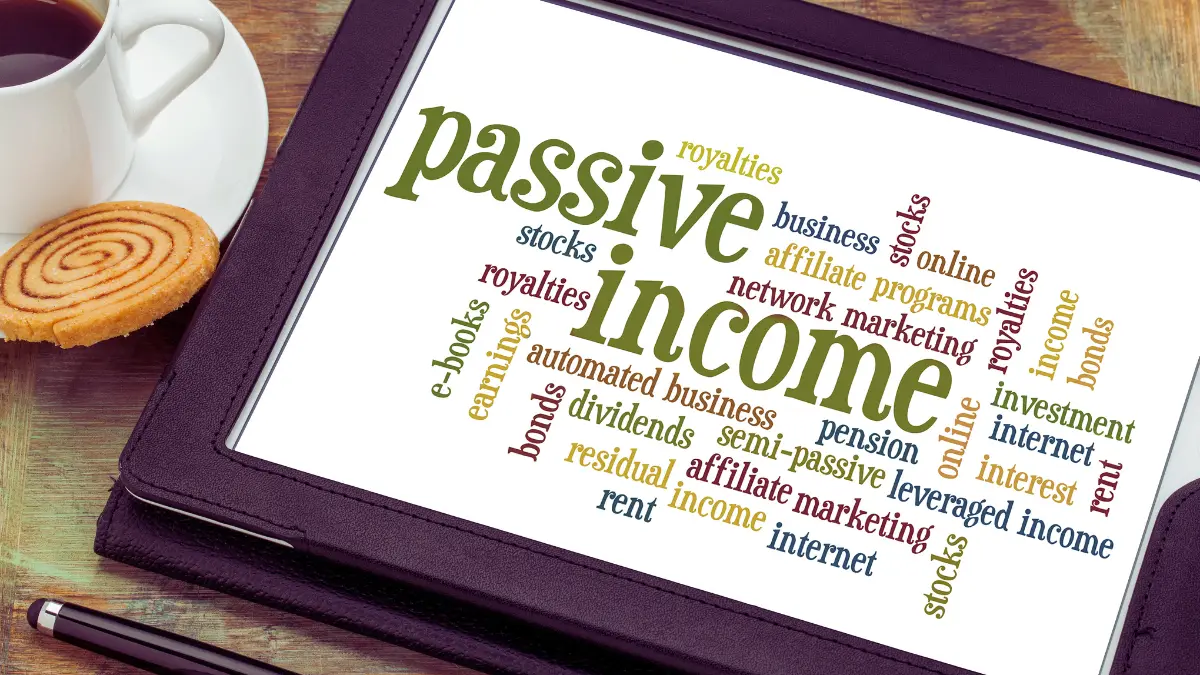
I kept my full-time job. But I added three other income streams.
Freelance writing: $800-1,200/month writing articles for websites
Digital products: $300-500/month selling budget planners on Etsy
Consulting: $500-800/month, helping businesses with social media
Total extra income: $1,600-2,500 per month.
My company did layoffs last year. 20% of staff gone. Job security is a lie.
With multiple income streams, I’m protected. If one disappears, I still have others.
71% of Millennials and Gen Z say starting a business is easier today than for previous generations.
I started freelance writing with 5 hours a week. Three months later, I had regular clients. Then I added the Etsy shop. The consulting came from skills I already had.
Pick one skill you have. Start with 5 hours a week. See what happens.
2. Practicing Aggressive Saving (My 50% Savings Rate)

I save 50% of my income.
Between my job and side hustles, I make $5,500/month. I live on $2,750. I saved $2,750.
My actual budget:
- Rent: $850 (two roommates)
- Food: $400 (meal prep, cook at home)
- Transportation: $120 (bike + Uber, no car)
- Phone/Internet: $60 (split with roommates)
- Entertainment: $200
- Utilities: $90 (split three ways)
- Everything else: $400
- Student loans: $420
- Health insurance: $210
Total: $2,750
Is it glamorous? No. I bike instead of driving. I have roommates at 32. I shop at thrift stores.
But I get freedom in return.
The FIRE movement emphasizes high savings rates far more than the standard 10-15% typically recommended, aiming for financial independence and early retirement.
I’d rather live with roommates now and have freedom at 45 than live alone and work until 70.
Track your expenses for one month. See where money goes. Then cut one thing.
3. Investing Everything I Save (My Simple Strategy)
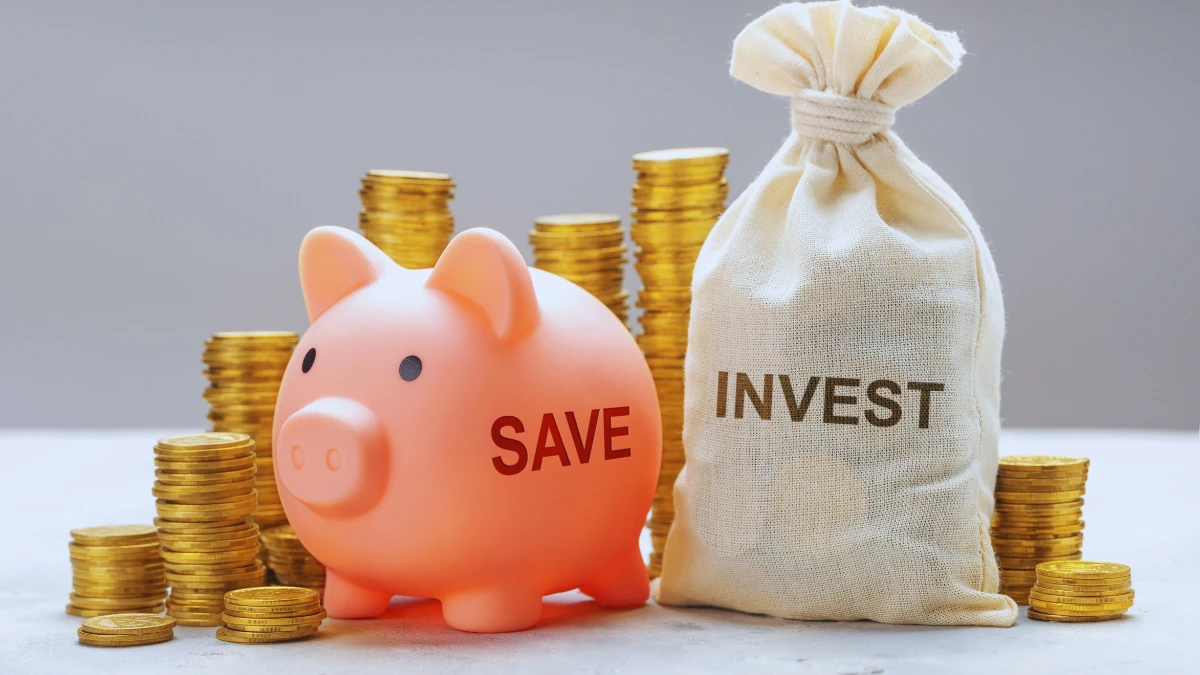
Every dollar I save goes into investments.
My strategy:
- 70% in index funds (VTSAX)
- 20% in a Roth IRA
- 10% in high-yield savings (emergency fund)
I automate everything. The money transfers on payday.
At 7% annual return, my $2,750 monthly investment becomes:
- 10 years: $477,000
- 15 years: $920,000
- 20 years: $1,435,000
My “FIRE number” is $1.1 million. At 4% withdrawal, that’s $44,000 per year.
The FIRE community uses the 4% rule. Your retirement portfolio should be equal to at least 25 times your annual expenses.
I’ll hit that at age 47. Then I can retire or work part-time or do whatever I want.
I learned this by reading online forums and listening to podcasts for three months. I copied what thousands of others did.
Open a Roth IRA this week. Put in $100. You’re now an investor.
4. Living the Digital Nomad Lifestyle (Working from Anywhere)

Six months ago, I went fully remote. Now I live in Mexico City.
My apartment costs $600/month. Back home, the same quality costs $1,400.
I earn my U.S. salary. I spend Mexican prices. This is geo-arbitrage.
My costs in Mexico City:
- Rent: $600
- Food: $300
- Transportation: $50
- Phone/Internet: $40
- Entertainment: $200
- Health insurance: $210
- Everything else: $200
- Student loans: $420
Total: $2,020
I dropped my cost of living from $2,750 to $2,020. That’s $730 extra saved monthly.
After work, I explore the city. I take Spanish lessons. I travel on weekends. Last weekend I went to Oaxaca.
According to the “2024 Digital Nomads Trends Report,” 18.1 million American workers are digital nomads. That’s a 147% growth since 2019. Gen Z makes up 26% and Millennials make up 38%. Together, they’re 64% of all digital nomads.
79% of digital nomads are highly satisfied with their work. Another 12% are satisfied.
Digital nomads save an average of $572 monthly by living abroad. 93% like the lifestyle. 76% say being a digital nomad represents the new American Dream.
This isn’t a small trend. 18 million Americans are doing this.
Over 40 countries offer digital nomad visas. Portugal, Thailand, Colombia, Spain. They want remote workers.
Ask your employer about remote work. Start with two days a week. Prove you’re productive. Then ask for full-time remote.
5. House Hacking to Build Wealth (My Property Strategy)
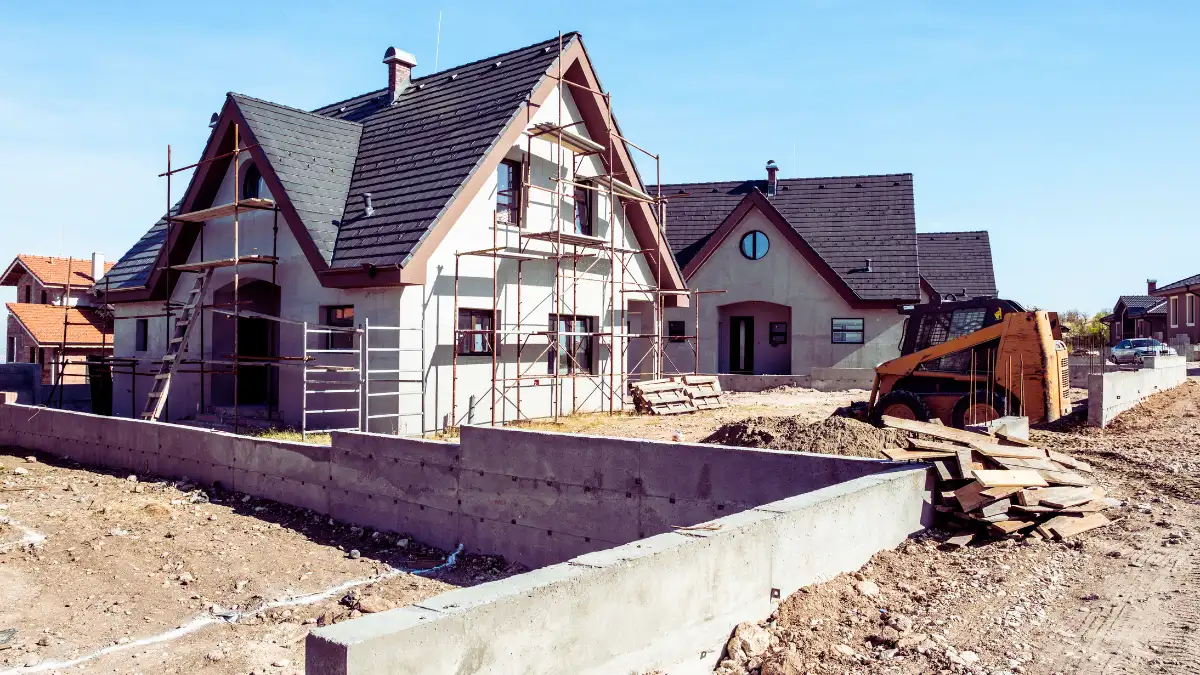
I’m not buying a single-family home. I’m buying a duplex.
My plan:
- Purchase price: $350,000
- Down payment: $12,250 (3.5% FHA loan)
- Mortgage: $2,100/month
- Rent out one unit: $1,400/month
- My housing cost: $700/month
I pay $700 instead of $850 in rent. But I’m building equity. The property is mine.
In 5 years, that duplex might be worth $450,000. I’ll have $100,000 in equity. Then I can refinance and buy another property.
55% of Millennials and 51% of Gen Z say house hacking is “very” or “extremely” important. Among all homebuyers, 39% find it appealing.
The tenant pays most of my mortgage. I live almost free. I build wealth.
Search for “multi-family” properties in your area. Check if rental income could cover most of the mortgage.
6. Minimizing Possessions (Living With Less)

I own 30% of what I owned two years ago. Everything fits in two suitcases.
I got rid of 80% of my clothes, all furniture, kitchen stuff, decorations, books I’d never read, and old electronics.
Fewer possessions mean lower expenses. Easier moves. Less mental clutter.
78% of consumers report that sustainability is important in purchasing. Many are buying less to reduce waste.
I used to buy things to impress people. Now I only keep what I use or love.
Don’t buy anything non-essential for 30 days. See what you miss. Probably nothing.
7. Planning My Exit Strategy (Coast FIRE by 40)
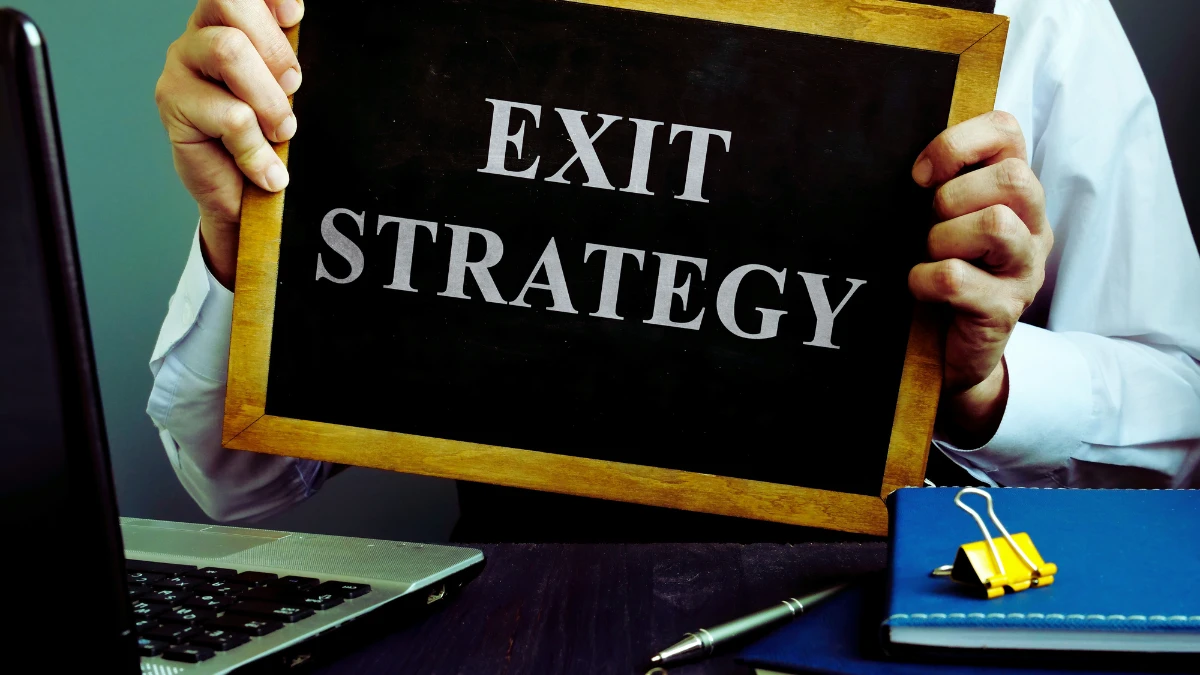
My goal is “Coast FIRE” by age 40.
That means having enough invested that it grows to support retirement by 60-65, even if I stop contributing.
My timeline:
- Age 32 (now): Save $3,480/month
- Age 33: Buy duplex, house hack
- Age 35: Have $200,000+ invested
- Age 38: Have $400,000+ invested
- Age 40: Have $550,000+ invested
That $550,000 grows to $2.2 million by age 65 at 7% return without adding another penny.
Coast FIRE means saving a lot early, then letting investments grow naturally without adding more. Eventually, your money reaches an amount sufficient to cover retirement expenses.
After 40, I can work part-time doing what I love. Travel. Build businesses. Live freely.
At 40, I’ll have real options. Want to work at a bookstore? I can. Want to start a non-profit? I can. Want to travel for a year? I can.
Google “Coast FIRE calculator.” Enter your age and savings. It will show how much you need now to never save again.
The number is probably lower than you think.
The American Dream Failed Me, So I Built Something Better
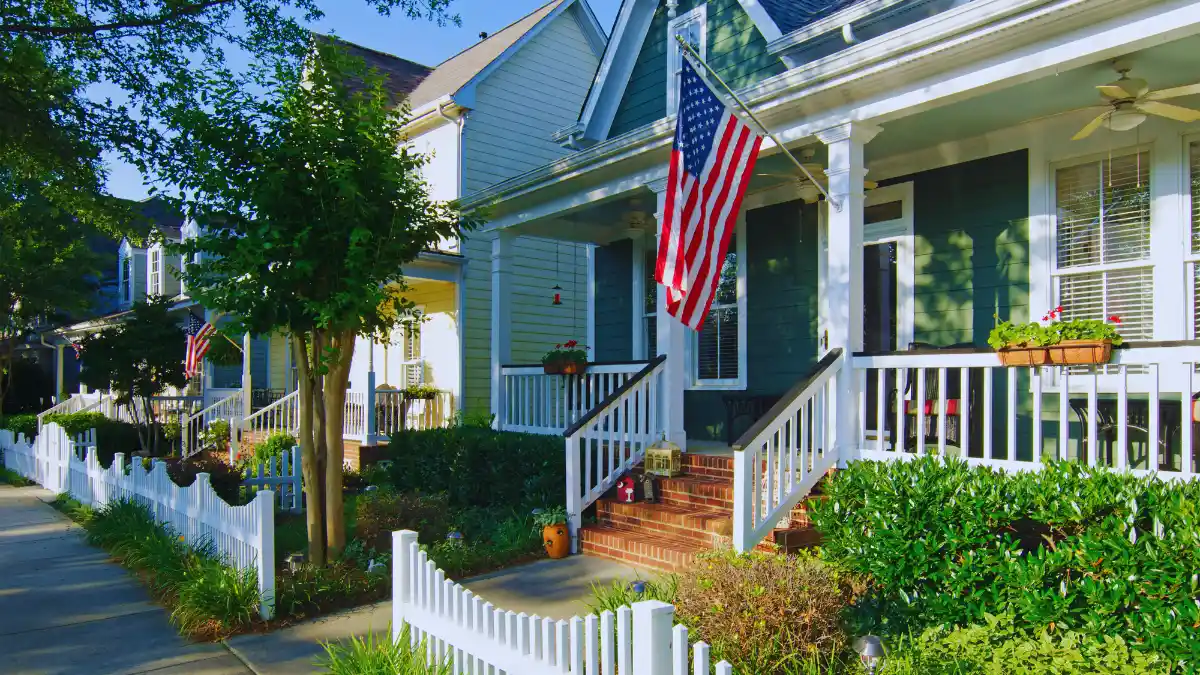
A year ago, I felt like a failure. I didn’t own a home. I wasn’t following the script.
Now I realize the script was wrong.
The American Dream isn’t dead. It’s been redefined by millions who refused to accept one path for everyone.
I’m building multiple income streams. Saving 50%. Investing aggressively. Living internationally. Planning to house hack. Aiming for Coast FIRE by 40.
Am I sacrificing? Sure. I have roommates. No car. I shop at thrift stores.
But I’m happier. Less stressed. More free.
I’m not stuck in one place. Not trapped in one job. Not drowning in a mortgage.
The traditional path promised security through homeownership and retirement at 65.
My path promises freedom through flexibility and independence by 40.
Success isn’t owning a house. Success is having options.
Success isn’t retiring at 65. Success is building a life you don’t need to retire from.
Success isn’t following someone else’s script. Success is writing your own.
